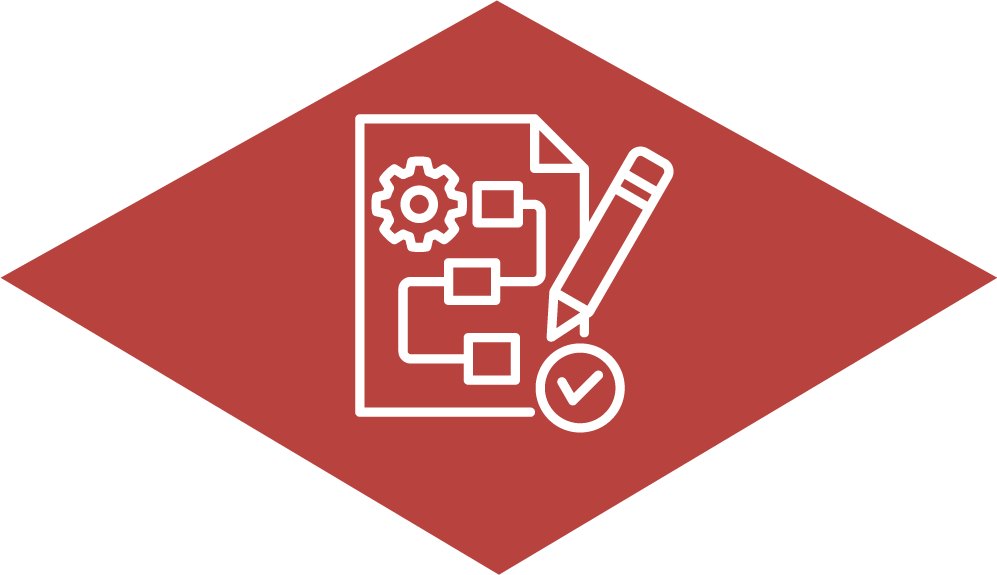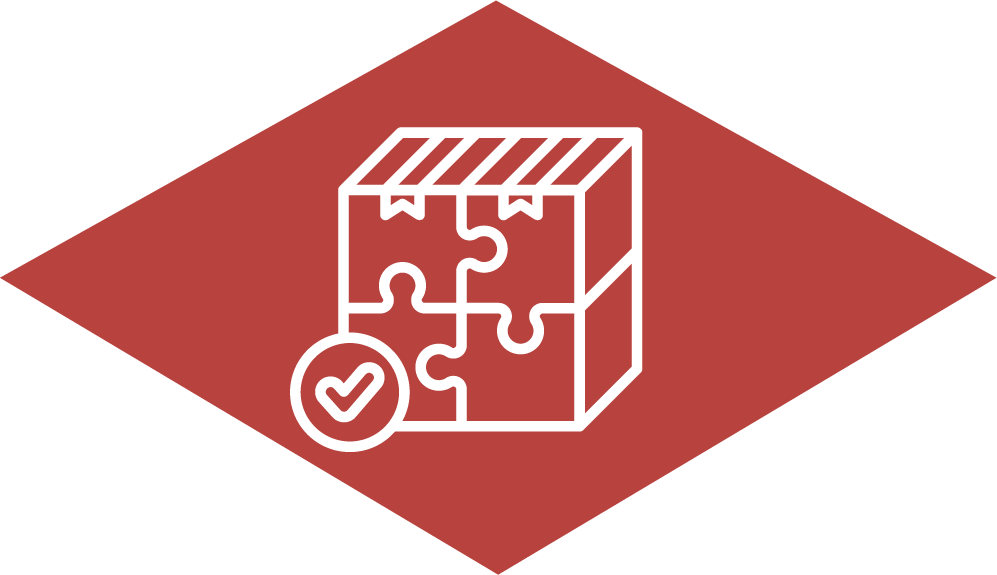Product Challenge
There is 1 Division under the Product Challenge. Teams are required to develop a tested prototype for their product solution.
Residential Cooling Retrofit
All new construction that is not built as climate resilient or net-zero presents a huge challenge for India’s climate goals and needs to be addressed through retrofit of existing buildings. About 80% of India’s existing building stock will continue to be residential buildings, where cooling needs attention because of the potential exposure to heat stress, and growth in space cooling energy and related carbon emissions.
The Residential Cooling Retrofit is a challenge to ‘make’ solutions that improve cooling performance in existing residential buildings, where the solution could be implemented by the resident with minimal assistance from a technician, such as an electrician or a carpenter. Teams can develop solutions in a range of domains, including building envelope, dynamic shading, passive cooling techniques, active cooling, appliances, and smart controls. Solutions can also overlap across these domains. Solutions are expected to be original, unique, creative, innovative, feasible, functional, and of good quality.
For this Division, the following requirements apply:
- The solution should demonstrate reduction in cooling (thermal) load, or reduction in energy consumption for cooling.
- The solution should apply to an existing residential space. There is no restriction on the size and typology of the residence.
- The solution should be developed as a product, that a resident may be able to buy-off-the-shelf.
- The solution should be easy to install with minimal assistance from a technician.
- The result should be a tested prototype.
Evaluation Contests
In Greek, ‘deca’ means ten, and ‘athlon’ means contest. A Decathlon in sports is an athletic event comprising 10 activities, where athletes compete by excelling in all 10 activities. SDI takes from this idea and has 10 contest areas. Each contest is a star in its own right and given equal weightage. The teams should excel in each of the contests to succeed. These contests will help the teams master the art of creating integrated net-zero buildings.
Here are the 10 contests that participants will be evaluated for in the 2025-26 Challenge:

User Desirability
This contest evaluates the team’s understanding of the users through research conducted by the team. Use the findings from the analysis to understand the users’ latent needs to inform the desirability of the product solution. Teams should conduct research that includes both primary and secondary research techniques, such as surveys, interviews, focus groups, and observations, to understand pain points and aspirations. Teams should develop a user persona for the target users of their product solution.

Innovation
This contest evaluates the team’s work on innovative solutions that solve the problem for the user persona. Teams need to research and analyse existing alternatives available in the market. This should be used to identify technical performance criteria or features relevant to the user that can distinguish the proposed solution from the existing alternatives.

Technical Design
This contest evaluates the soundness of the team’s engineering approach to the solution. Performance goals that respond to the technical nature of the problem provide a clear direction for product development. Sound understanding of the fundamentals of science and engineering leads to a product that elevates the technical performance and can be validated through testing. Ongoing documentation of flows, components, and materials, as well as engineering drawings, are important to the process of rigorous new product development.

Prototyping
This contest evaluates the team’s ability to refine their solution by failing fast and learning from each iteration of the prototype. Prototypes at all stages also help communicate all aspects of the proposed solution to potential customers and investors. During the process of product development, early-stage rapid prototyping enables the testing of specific parts of the solution to eliminate certain ideas and reinforce the direction of development. At later stages, teams will create high-fidelity prototypes of the solution, with attention to detail, using actual materials, attempting completeness of functionality, and appropriate user interaction elements.

Technical Testing
This contest evaluates the team’s understanding of testing techniques, analysis of findings, and approach towards further development of the solution. Technical testing should be focused on demonstrating how the product achieves the performance goals and should follow the technical testing protocols. Teams should demonstrate an understanding of the test results and the insights gained towards further development of the solution.

User Testing
This contest evaluates the team’s ability and approach to refine the solution based on actual user/s feedback. User testing should be focused on demonstrating how the product addresses the user/s’ pain points identified in the User Desirability contest area (1), as well as how the users perceive the technical performance of the prototype. Teams should demonstrate an understanding of the test results and the insights gained towards further refinement of the solution.

Value-based Price
This contest evaluates the financial feasibility of the solution. Value-based pricing provides important checks during the product development process and should be done at various stages of development to understand the price that users are willing to pay for the product and its features. Value-based price discovery leads to important insights that help to add or remove product features and to develop a value proposition for the product. Value-based price discovery is an important step for developing a business model.

Value Proposition
This contest evaluates the team’s ability to convey a compelling value proposition to the user/s. A value proposition goes beyond a simple ROI calculation, to highlight important features of the product and its rational, emotional or societal benefits to the user/s. It should be clear and succinct and should convince them to choose the product.

Sustainable Development
This contest evaluates the team’s new product development focus towards two of the UNs Sustainable Development Goals (SDGs). The 17 interconnected SDGs have 169 targets and related indicators to measure progress. Teams are required to identify two SDGs, each with its target, that the solution would address. Teams should design their product with the goal of making a meaningful impact aligned with the targets and clearly explain how their products contribute to achieving those goals. Teams are advised to strictly avoid “SDG washing”.

Case for Incubation
This contest evaluates the team’s clarity of purpose and approach for the immediate next steps during a 1-year incubation period. A well-written case serves as a persuasive proposal that communicates a clear vision, background research, and the resources to overcome the unique challenge. A strong case for incubation isn’t just about showing off a brilliant idea. It also acknowledges the vulnerabilities and challenges and demonstrates a willingness to learn.


